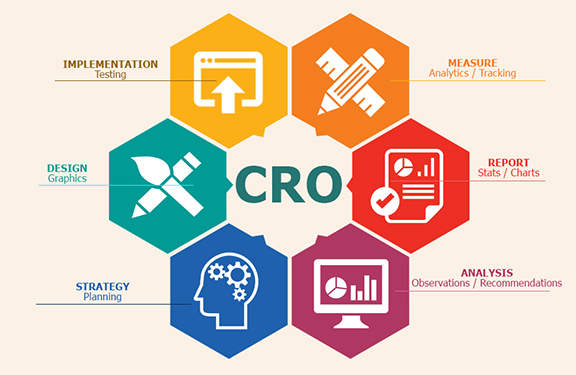
Unlock the secrets to skyrocketing your app’s success with a cutting-edge guide that blends Conversion Rate Optimization (CRO) strategies, Conversion Data Audit insights, and the latest tips for tracking app downloads in 2024.
Simplified Definitions of Fundamental Terms
To grasp the content of this blog, familiarize yourself with simplified definitions of fundamental terms used throughout.
What is a Conversion Rate Optimization (CRO)?
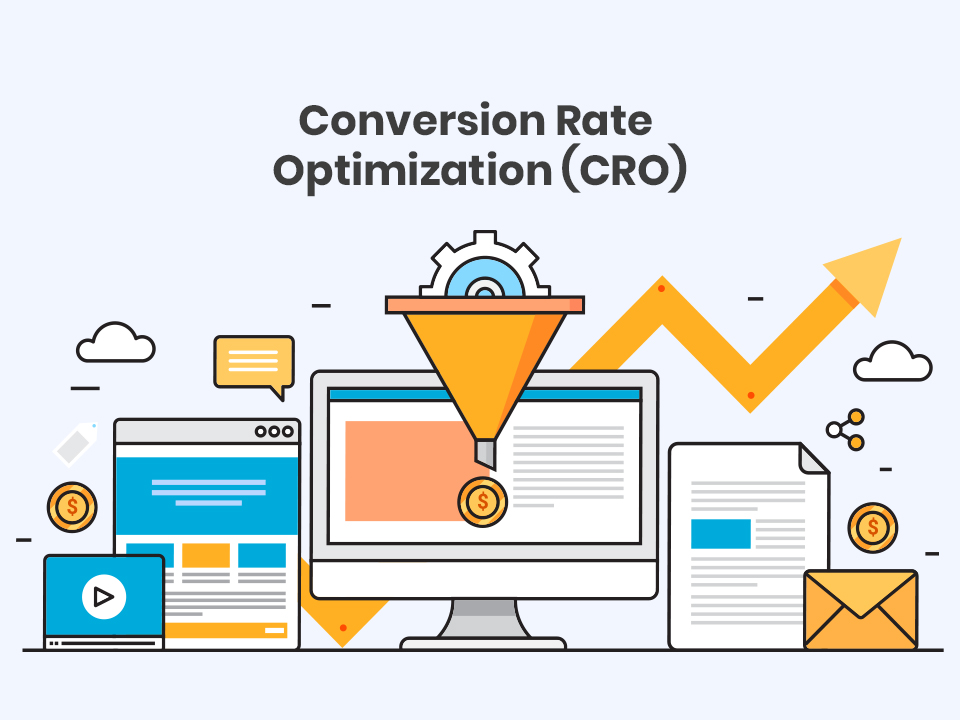
A CRO audit, or Conversion Rate Optimization audit, is a review of a website or online platform to improve its effectiveness in converting visitors into customers. It involves analyzing elements like design, user experience, and content to boost conversion rates.
What is a CRO audit framework?
A CRO framework, or Conversion Rate Optimization framework, is a structured approach to improving a website’s performance in converting visitors into customers. It typically involves steps like data analysis, user research, hypothesis creation, testing, and implementation of changes to enhance the overall conversion rate.
What are UTM Parameters?
Urchin Tracking Module parameters are tags added to URLs to track the effectiveness of marketing campaigns, providing detailed information about the source of website or app traffic.
What is an SDK (Software Development Kit)?
A set of software tools and resources that developers use to create and maintain applications for specific platforms or frameworks.
What is A/B Testing?
A method of comparing two versions of a webpage or app to determine which one performs better in terms of user engagement or conversion rates.
What is Deep Linking?
Directing users not only to the home page of an app but to a specific page or content within the app.
What is Gamification?
Introducing game elements, such as challenges, rewards, or competitions, into non-game contexts to enhance user engagement.
What is Personalization?
Customizing content, recommendations, or user experiences based on individual preferences, behaviors, or demographics.
What is a Conversion Funnel?
The step-by-step process that a user goes through from being aware of a product or service to completing a desired action, like making a purchase.
What is Responsive Design?
Designing websites or apps to ensure optimal viewing and interaction across various devices and screen sizes.
Revolutionize Your User Experience
Explore innovative CRO techniques to enhance your app’s user interface, boost engagement, and turn casual visitors into devoted users. Revolutionizing your user experience involves implementing innovative Conversion Rate Optimization (CRO) techniques to create a seamless and engaging interaction for your app users. Here are key strategies to enhance your app’s user experience and transform casual visitors into devoted users:
Streamline the onboarding process, making it quick, informative, and enjoyable for users to get started. Optimize your app’s performance to deliver fast load times and smooth interactions across various devices. Integrate interactive elements like animations or gamification to add a dynamic and enjoyable aspect to the user experience. Implement feedback mechanisms, such as surveys or in-app feedback forms, to gather insights and understand user sentiments.
Utilize A/B testing to experiment with different design elements and user flows, continuously refining your app based on user responses. Consider accessibility by incorporating features like adjustable font sizes, color contrast options, and screen reader compatibility to ensure inclusivity. Provide a seamless cross-platform experience, allowing users to transition between devices effortlessly while maintaining a consistent interface. By strategically applying these CRO techniques, you can elevate your app’s user experience, fostering engagement and cultivating a devoted user base in 2024.
Decoding Conversion Data Trends in 2024:
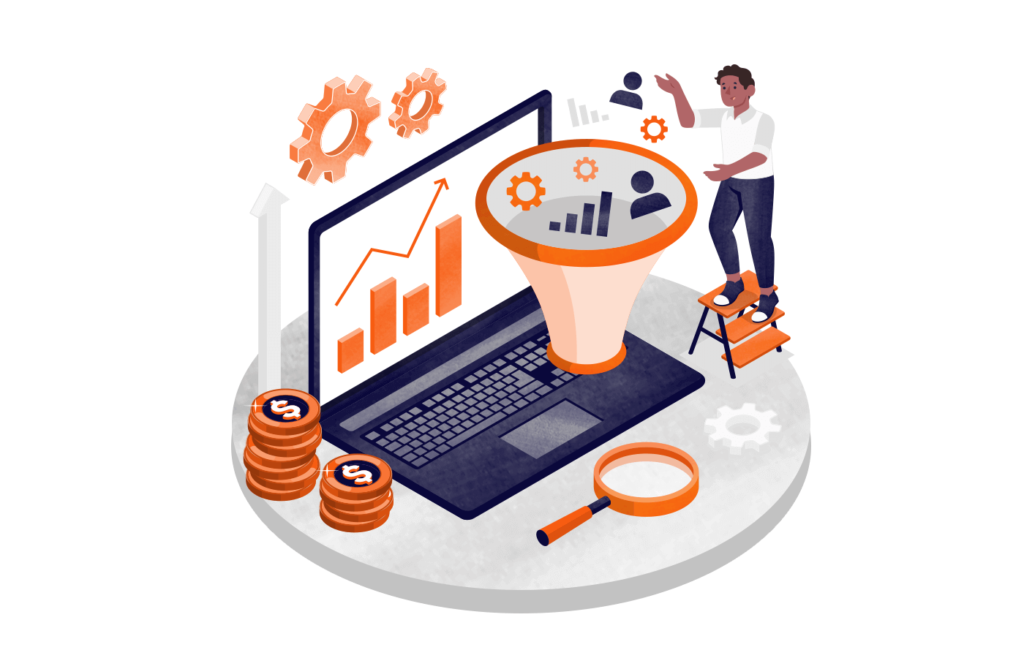
Let’s dive into what’s happening in the world of conversions right now. Picture this: it’s 2024, things are changing fast, and understanding the trends in how people convert is key to staying ahead. We’re talking about using cool tech like artificial intelligence, machine learning, and predictive analytics to really get what users are up to and make your conversion strategies top-notch. Ever heard of data-driven personalization? It’s like tailoring experiences based on what users like, and it seriously boosts conversion rates. Keep an eye on how users interact with your app – that’s behavioral analytics. It’s your go-to for finding patterns and making your app even better in real-time.
Imagine you can track everything users do – from the moment they land to the final conversion. That’s where advanced analytics tools come in, helping you figure out what’s working, what’s not, and where you can make things smoother. Omnichannel analytics is a game-changer too. It gives you the big picture of how users interact across different places. Knowing the whole customer journey helps you plan out your conversion strategies like a pro. But, hey, don’t forget about privacy. It’s a big deal. You want to use data to improve, but you also want to keep things ethical and transparent. It’s all about finding that sweet spot.
Now, in 2024, blending both numbers and real experiences is key. Combining what users say with what they actually do gives you the full story. So, to tackle this ever-changing world, businesses need the latest tools for conversion data analysis. Staying on top of these trends means you can create a plan that matches what your audience expects and how they roll.
Tracking App Downloads in the Digital Era
Ready to up your app game? Let’s talk about some cool tricks to track those downloads like a pro. In the world of digital advancements, it’s not just about the numbers – it’s about understanding where those downloads are coming from and how to get more. Ever heard of UTM parameters? They’re like secret agents for your downloads, giving you the lowdown on where your users are discovering your app. It’s like having a backstage pass to your marketing efforts, knowing what’s working and what needs a little boost. Now, app store analytics – your sidekick in this journey. Dive into the data pool to understand who’s downloading your app, where they’re from, and what they’re up to. Uncover those trends, and suddenly, you’re not just guessing; you’re strategizing.
And here’s a ninja move – deep linking. It’s not just about getting users to your homepage; it’s about guiding them to the heart of your app. Think of it as a personalized VIP tour that makes their first experience awesome. Word-of-mouth magic; referral tracking is like having a magic wand that shows you the impact of users spreading the word about your app. Incentivize them, and watch your app grow organically.
Oh, and keep your eyes on the tech horizon. QR codes and NFC are like the superheroes of download tracking. They bridge the gap between offline and online efforts, opening up a world of possibilities. Blend all these tricks together, and you’re not just seeing downloads; you’re understanding the entire performance of your app in the digital realm. It’s like having a superhero toolkit for making smart decisions, tweaking your strategies, and driving more downloads and user love. Ready to unleash it?
2024’s Top Conversion Boosters

Stay ahead of the curve in 2024 by incorporating top conversion boosters that leverage emerging technologies, personalized experiences, and psychological triggers to supercharge your app’s conversion rates.
Embrace Emerging Technologies:
Explore the integration of emerging technologies like augmented reality (AR) or virtual reality (VR) to create immersive and engaging user experiences. Innovative features can captivate users, encouraging them to take desired actions within your app.
Personalized User Journeys:
Implement advanced personalization strategies based on user behavior, preferences, and historical interactions. Tailor content, recommendations, and communication to create a bespoke experience, increasing the likelihood of conversions.
AI-Driven Recommendations:
Harness the power of artificial intelligence (AI) to provide intelligent and context-aware product or content recommendations. AI algorithms can analyze user data in real-time, delivering personalized suggestions that resonate with individual preferences.
Conversational Interfaces:
Integrate conversational interfaces, such as chatbots or voice assistants, to enhance user engagement and guide users through the conversion process. Natural and interactive conversations can simplify decision-making and boost conversions.
Social Proof and User Testimonials:
Leverage social proof and user testimonials strategically. Showcase positive experiences from other users to build trust and credibility, influencing potential customers to convert.
Scarcity and Urgency Tactics:
Use psychological triggers like scarcity and urgency to drive conversions. Limited-time offers, countdowns, or exclusive deals create a sense of urgency, prompting users to act quickly.
Gamification Elements:
Introduce gamification elements within your app to make the conversion journey more enjoyable. Incorporate challenges, rewards, or loyalty programs to keep users engaged and motivated to convert.
Interactive Visuals and Multimedia:
Enhance your app’s visual appeal with interactive elements and multimedia. Engaging visuals, videos, or interactive features can captivate users, conveying information more effectively and influencing their decision to convert. Through strategically incorporating these conversion boosters, you can elevate your app’s performance, creating an environment where users are not just customers but active participants in a personalized and engaging digital experience.
Conversion Analytics Toolbox:
Explore the must-have tools for in-depth conversion analytics, ensuring you have the right arsenal to monitor, analyze, and optimize your app’s performance. Delve into the essential Conversion Analytics Toolbox to equip yourself with the must-have tools for in-depth analysis, monitoring, and optimization of your app’s performance.
Google Analytics for Mobile:
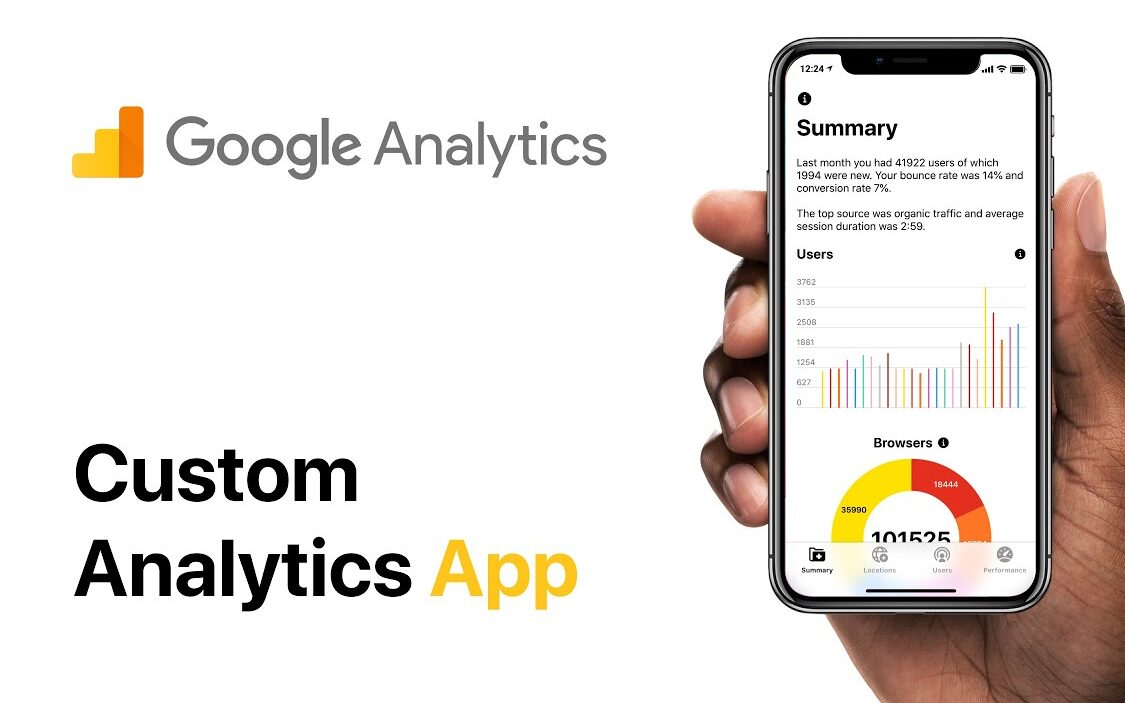
Utilize Google Analytics for Mobile to gain comprehensive insights into user behavior, conversion paths, and app performance. Track user interactions, set up custom events, and analyze data to make informed decisions.
Firebase Analytics:
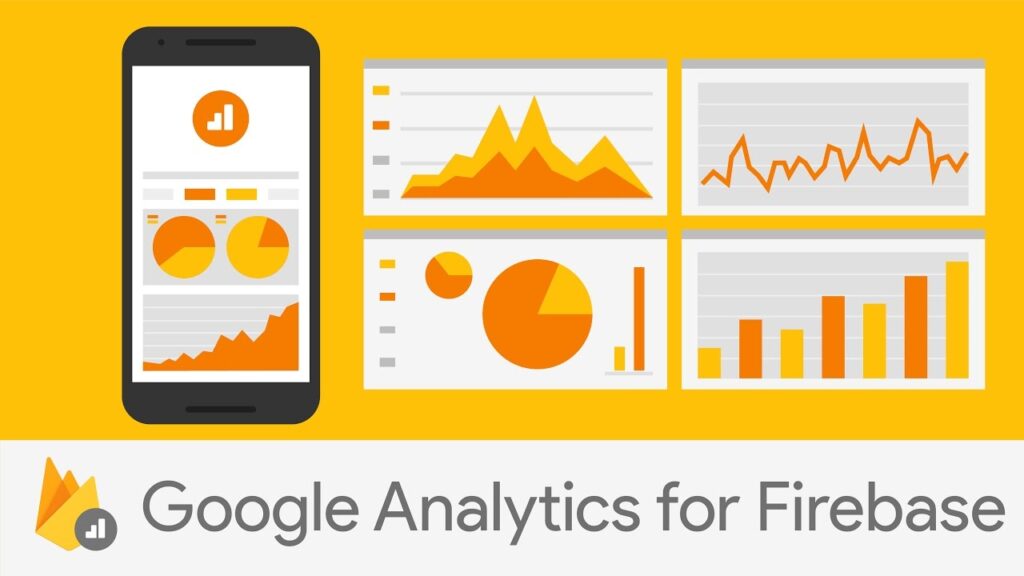
Firebase Analytics is a robust tool for mobile app analytics, offering real-time data on user engagement, retention, and conversion events. It seamlessly integrates with other Firebase services, providing a holistic view of your app’s performance.
Hotjar:
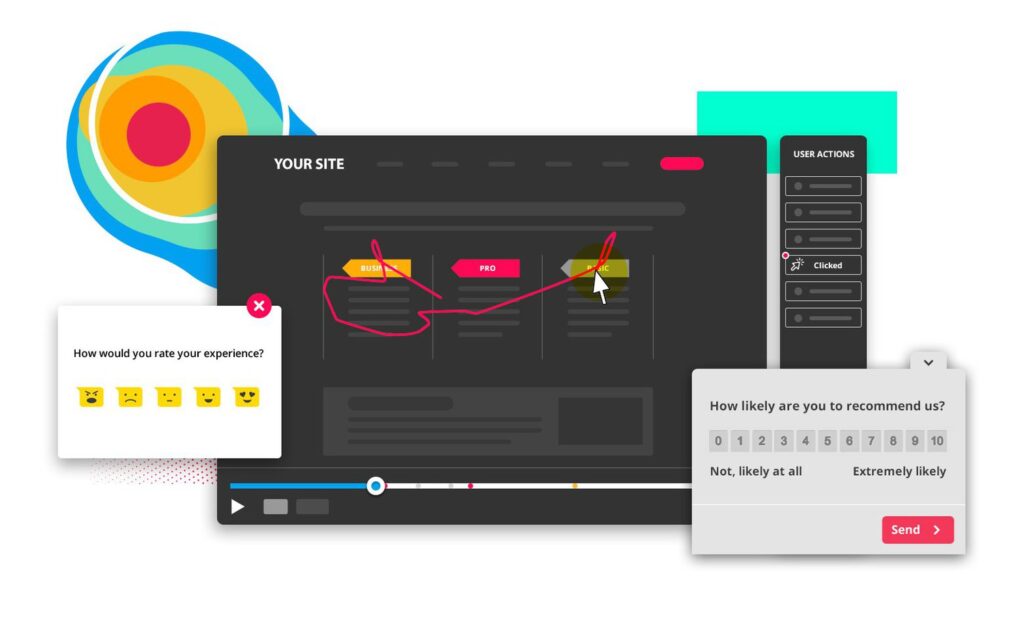
Incorporate Hotjar to understand user behavior through heatmaps, session recordings, and surveys. Identify areas of interest, user drop-offs, and pain points in the conversion journey.
Crazy Egg:

Crazy Egg offers A/B testing, heatmaps, and user recordings to optimize your app’s user experience. Uncover user interactions and preferences, allowing you to refine design elements for higher conversions.
Optimizely:
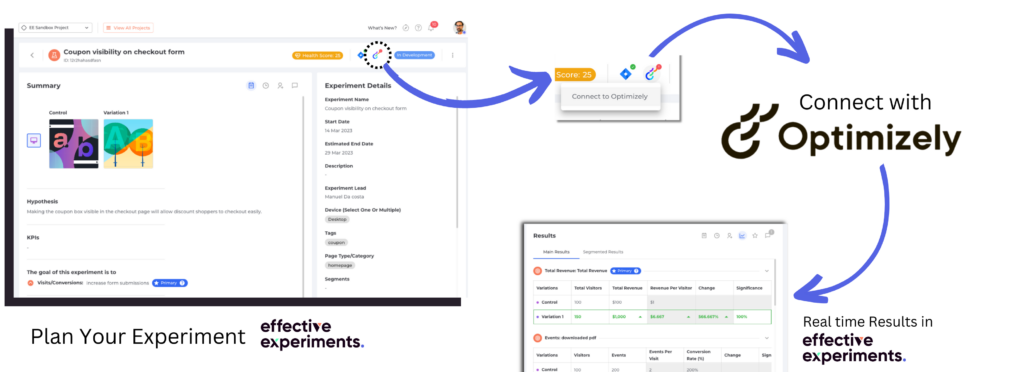
Leverage Optimizely for A/B testing and experimentation. Test different variations of your app elements to identify the most effective design, layout, or content for improving conversion rates.
Mixpanel:
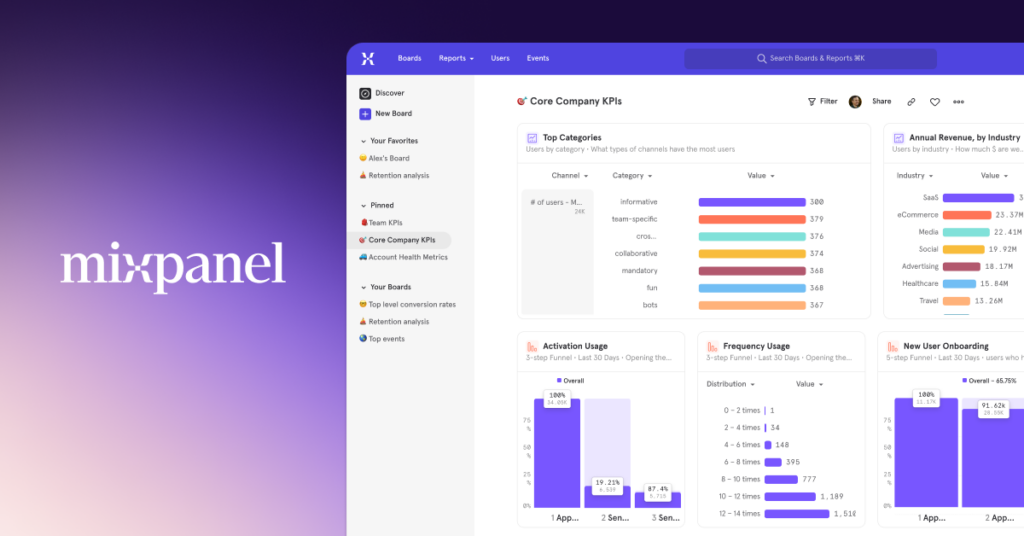
Mixpanel specializes in event-based analytics, allowing you to track specific user actions and behaviors. Gain insights into user retention, conversion funnels, and the impact of feature changes on user engagement.
UserTesting:
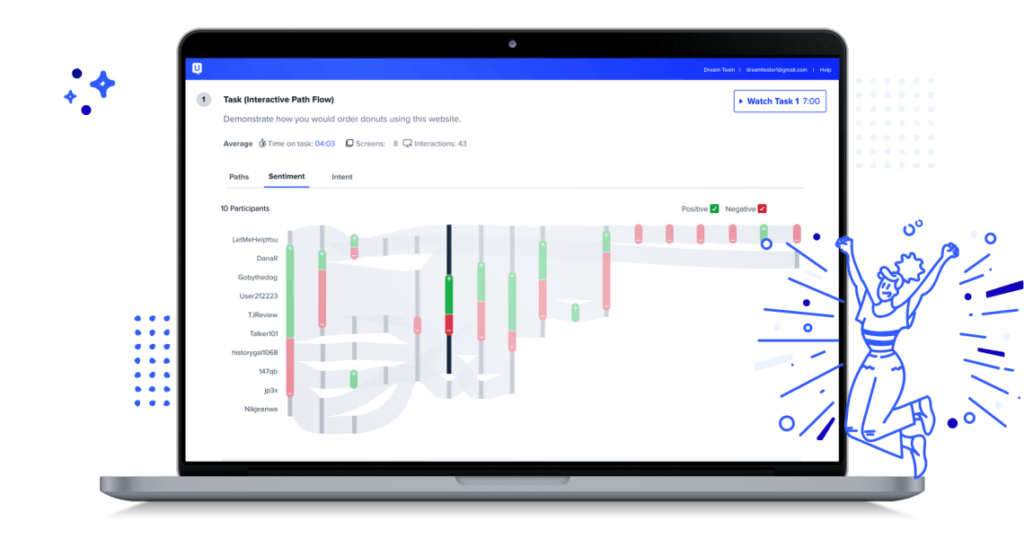
UserTesting facilitates usability testing by allowing you to receive real-time feedback from users. Understand how users interact with your app, identify pain points, and make data-driven improvements.
Heap Analytics:

Heap Analytics enables retroactive event tracking, allowing you to define and track events even after implementation. This flexibility ensures you capture the data needed for evolving analytics needs.
Kissmetrics:
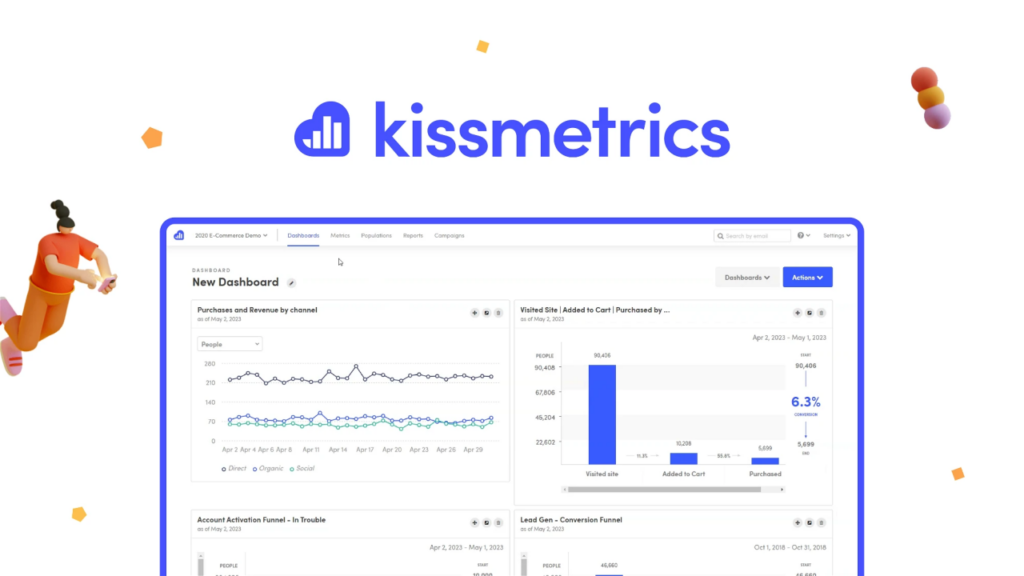
Kissmetrics focuses on user-centric analytics, providing insights into individual user journeys and behaviors. Understand how different users interact with your app and tailor your strategies accordingly.
App Store Analytics (e.g., App Store Connect, Google Play Console):
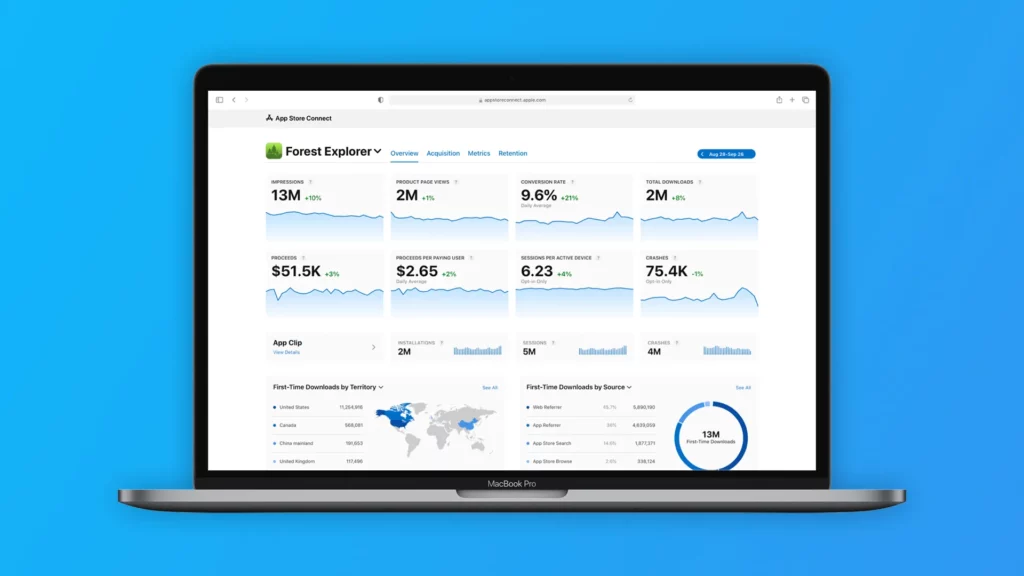
Leverage built-in analytics tools from app stores to monitor download trends, user demographics, and user reviews. Understand how app store visibility and performance impact your conversion rates. By assembling this versatile toolbox, you empower yourself to conduct thorough conversion analytics, enabling data-driven decision-making and continuous optimization of your app’s performance.
User-Centric Strategies for Conversion Success

Explore methods that focus on keeping users satisfied and loyal, building a cycle of positive feedback for lasting growth in conversions. Prioritize user happiness, listen to their feedback, and enhance their overall experience to establish a feedback loop that sustains conversion growth. Happy, devoted users are more inclined to convert and champion your app. Strategies centered around users pave the way for conversion success by ensuring a gratifying experience, fostering loyalty, and fostering sustainable growth. Here are some essential strategies to make this happen:
User-Centric Design:
- Prioritize an intuitive and user-friendly design that aligns with users’ expectations and preferences.
- Conduct user testing to gather feedback and identify design elements that enhance the overall user experience.
Personalization:
- Implement personalized experiences based on user behavior, preferences, and historical interactions.
- Tailor content, recommendations, and communication to create a bespoke experience that resonates with individual users.
Responsive Customer Support:
- Offer responsive and helpful customer support through various channels such as live chat, email, or a dedicated support center within the app.
- Address user inquiries promptly, resolving issues and creating a positive customer service experience.
User Feedback Mechanisms:
- Integrate feedback mechanisms such as surveys, feedback forms, or in-app prompts to collect insights directly from users.
- Actively listen to user suggestions and concerns, incorporating valuable feedback into continuous improvements.
Transparency and Trust:
- Establish transparency in your app’s functionality, terms of service, and data usage policies.
- Build trust by clearly communicating how user data is handled and protected, fostering a sense of security among users.
Reward and Recognition:
- Implement loyalty programs, rewards, or gamification elements that acknowledge and appreciate user engagement.
- Recognize and reward users for their loyalty, encouraging repeat interactions and conversions.
Seamless Onboarding Experience:
- Streamline the onboarding process to be quick, informative, and enjoyable.
- Provide guidance and assistance during the initial interactions to help users understand the app’s value and features.
Community Building:
- Foster a sense of community among users through forums, discussion boards, or social media groups related to your app.
- Encourage users to share experiences and insights, building a positive community around your brand.
Continuous Improvement:
- Regularly analyze user behavior, conversion metrics, and feedback to identify areas for improvement.
- Iteratively update your app based on user insights, ensuring a continuous cycle of enhancement and optimization.
Accessibility:
- Ensure your app is accessible to users with diverse needs and abilities.
- Implement features such as adjustable font sizes, color contrast options, and compatibility with assistive technologies.
How to Track App Downloads?
you can use analytics tools like Google Analytics or specialized mobile app analytics platforms. Here’s a simplified guide:

1. Integrate Analytics SDK:
For mobile apps, integrate the appropriate analytics SDK (Software Development Kit) into your app’s code. Popular choices include Firebase Analytics for Android and iOS or third-party options like Mixpanel or Flurry.
2. Set Up Events:
Define events you want to track, such as “app download,” “app open,” or other relevant actions users might take within your app.
3. Configure Tracking:
Configure the analytics platform to track relevant metrics. For downloads, the platform usually automatically captures the number of installations.
4. Platform-Specific Solutions:
For app stores, platforms like the Apple App Store and Google Play Store provide their analytics dashboards, where you can track download numbers, user reviews, and other metrics.
5. UTM Parameters (Optional):
If you promote your app through various channels, consider using UTM parameters in your download links. This helps track the source of app downloads in more detail.
6. Regularly Analyze Data:
Regularly check the analytics dashboard to analyze user behavior, identify trends, and understand how users interact with your app. Remember to comply with privacy regulations and guidelines when collecting and analyzing user data.

In conclusion, arming yourself with the right knowledge and tools is the key to thriving in the dynamic app world in 2024. This guide serves as your gateway to unlocking the full potential of your app’s conversions, catering to both seasoned developers and startup entrepreneurs alike.
By embracing the latest and most effective strategies in Conversion Rate Optimization (CRO), conversion data audit, and app download tracking, you position yourself to stay ahead of the curve. Whether it’s refining user experiences, decoding the latest data trends, or implementing cutting-edge tools, the insights provided are tailored to empower you in navigating the evolving digital landscape.
Elevate your app’s success by applying these strategies with precision and adaptability. Remember, the combination of strategic CRO, data-driven decision-making, and informed app download tracking will not only boost your conversion rates but also establish a foundation for sustained growth and user satisfaction.
As you embark on this journey, continuously assess and iterate upon your approach, staying attuned to the ever-changing dynamics of the digital ecosystem. May your endeavors be marked by innovation, user-centric excellence, and, ultimately, the realization of your app’s full potential in 2024 and beyond.